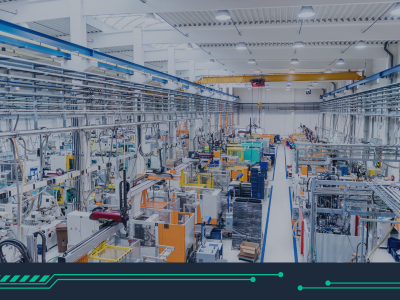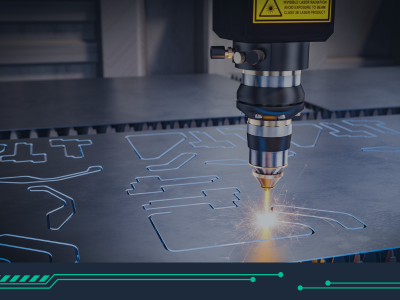As businesses come under increasing pressure for efficiency, cost reduction, and innovation, design automation is a practical solution for the future of engineering.
In this blog, we’ll explore the reasons why design automation is crucial to the future of success in engineering, including improved efficiency and accuracy, focus on innovation, cost savings, and customized solutions.
Current challenges in engineering design
Traditional engineering design processes can be slow and manually intensive. This is often the case for custom product design, with high levels of collaboration between teams and an increased risk of errors and rework requests.
B2B customers today expect to receive accurate quotes quickly. However, the increased complexity associated with custom products makes manual design engineering processes inefficient.
To stay competitive, businesses need to have rapid innovation cycles to ensure regular new product launches and updates. The manual nature of traditional engineering design means that design engineers spend most of their time on repetitive tasks with little opportunity for innovation. This limits the amount of time spent on new product design and can also be frustrating for engineers.
What is design automation?
Design automation is the use of software tools and technologies to automate repetitive and time-consuming tasks within the design process. By using design automation you will be able to focus more time on innovation and less on mundane, routine tasks.
Benefits of design automation in engineering

Increased efficiency
Design automation enables streamlined workflows for faster design iterations with minimum manual input. Automating repetitive tasks delivers a reduction in the time required to complete projects. This increased efficiency enables design engineers to take on more projects or focus on more complex aspects of their work. Streamlined workflows also improve the flow of tasks between departments, making sales and production cycles more efficient.

Focus on innovation
With routine tasks handled by design automation technology, engineers have more time to focus on new product design and creative problem-solving. This can help foster a culture of innovation and improve speed-to-market for new product launches. It also leads to improved job satisfaction among design engineers whose time is freed up to focus on more engaging tasks. With the current recruitment challenges across the manufacturing industry, staff retention rates are a key priority for many businesses, and actions that help to prevent boredom and frustration are beneficial.

Cost savings
While there is an initial investment for some design automation tools, the long-term cost savings are substantial. Reduced costs, minimized errors, and faster project completion times can all contribute to financial savings. Additionally, design costs are lower due to fewer man-hours, enabling competitive product pricing. Design automation reduces bottlenecks and mistakes, so you can deliver custom products to your customers quickly. This improves customer satisfaction levels and increases the likelihood of repeat purchases.

Improved accuracy and quality
Design automation technology minimizes human error, leading to more accurate and reliable designs. This is particularly crucial in manufacturing, where the accuracy of custom designs is key to efficient workflows between design, sales, and production teams. Design rules and parameters ensure that product configurations are valid and reduce the amount of rework required. Design automation is consistently accurate and significantly quicker than manually preparing files. Once a design automation solution is set up and has been tested, it will reliably output predictable results. Combined with a custom UI that standardizes the input of values and ensures that the data entered is in the correct format, you can be confident that the files created will be accurate and free of errors.

Customized solutions
There is a growing demand for customizable products across all manufacturing sectors. However, the design process associated with creating CAD drawings for custom products is slow, labor-intensive, and prone to errors. Using design automation tools, manufacturers automatically generate the 3D models and manufacturing data and drawings required to sell and produce the finished customized product.
Start your design automation journey today
DriveWorksXpress entry-level design automation is included free in every seat of SOLIDWORKS®.
SOLIDWORKS users interested in a more comprehensive design automation experience can also download a 30 day free trial of DriveWorks Solo.